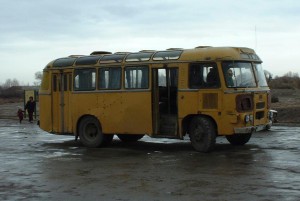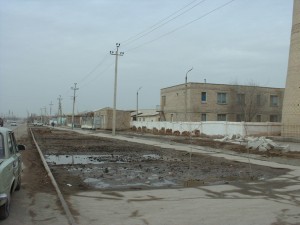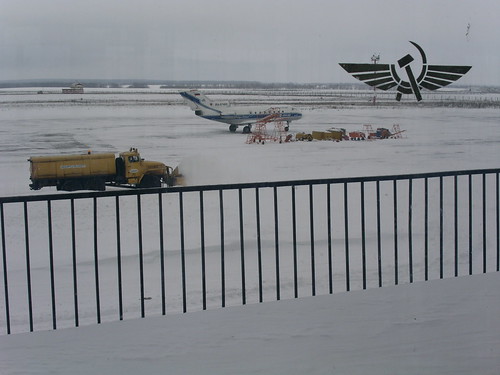I’ve mentioned in a previous entry that doing the occasional visit to your field programs does not count as in-country experience. If you’re HQ-based, though, or managing several countries, you can’t just move to be close to your sites. Field visits are all you have to get the inside story on your programs and the communities they partner with.
Done right, field visits are a useful tool. They are not as good as living and working in-country, but they’re a lot better than nothing. Here’s how to get the most out of your field visits:
1) Don’t call them missions. That’s just offensive. It’s a field visit, a site visit, or a trip out to see your programs. Unless you are trying to convert people to the one true faith of your choice, it’s not a mission. Calling it one implies that you’re heading out there to teach the locals what’s what. You are heading out there so the locals can teach you. Don’t forget it.
2) Always keep this in mind: your two primary goals in any trip are to learn more about your programs, and more about the context they operate in. You may have specific tasks to achieve on your trip, but if you fail at those your trip still has value as long as you learn.
3) Listen. Talk to people. Talk to your staff. Talk to your beneficiaries. Talk to government officials and community leaders, and taxi drivers. It doesn’t take probing questions, or special insight on your part, just a willingness to sit down and hear what people have to say. Pack your schedule with as many meetings as you can humanly stand. By listening, you learn how your project and organization is perceived, what your community thinks of you, and what your own staff is thinking. You can unearth technical problems and discover what you’re doing well. You also learn about the culture you’re in.
A health educator once told me that they were showing slow behavior change rates in one region because “the women just weren’t very smart there.” That was a major clue that we had a problem in how we thought about education. A doctor my program had trained told me that the most useful thing about our trainings was the chance to talk to other physicians and swap for clinic supplies; we built an extra session into our trainings just for trading. A community leader told me she was sorry our children’s program was closing down in August, which made it clear that the concept of local handover was not being understood.
4) Look. Pay attention, all the time. In Tashkent, the mulberry trees drop their berries to the ground where they rot and make a sticky mess. In Cairo, children climb the trees and pick the berries. Very few fall to the ground. What does it mean? Maybe Egyptian children are hungrier. Maybe Uzbek children are afraid of heights. But it means something, and something you notice now and something you notice later may fit together into information you can use.
Do the traffic police seem to know and like your office driver? An intern once pointed out to me that our information sessions consisted of a male educator standing up while women sat on the ground all around him – what message was that sending? Do your cars have no guns stickers and do your drivers actually follow that rule? How do men and women relate to each other in your host country? How do people treat racial and linguistic minorities?
Much like listening, watching takes no more than your undivided attention. Provide it, and create as many opportunities to look around you as you can. Drive to further-out sites instead of flying, if it’s feasible. Get out of your hotel and take a walk. If you are not a visually observant person, train yourself to become one.
5) Focus your attention on people, not things. If your project repairs water towers, don’t drive out to look at a tower. Instead, talk to your water and sanitation engineers about the rehabilitation process, and talk to the project manager. Talk to people who get their water from the tower. Talk to the mayor of the village the tower is in.
6) Don’t forget women. Don’t forget either gender, but women are far more often overlooked. If none of your meetings are with women, schedule some. Your government officials may be disproportionately male, but the community you work with should not be. If no one in your project can suggest women for you to meet with, something is very, very wrong.
Edited to add: I thought of this in a meeting today – take notes at all your meetings, in a notebook, unless it makes the other person uncomfortable. At the end of every day, transcribe your meeting notes and add anything you noticed during the day. This will help you remember and process what you learned and provide a great basis for your trip report.



